The world of retail is a battlefield of psychological tactics. From enticing displays to cleverly worded sales signs, retailers have mastered the art of pricing tricks to coax more money out of our wallets. While these strategies can be effective, good news awaits the savvy shopper. This article will uncover some of the most common pricing tricks used by retailers and provide actionable tips on how to beat them.
Why Retailers Use Pricing Tricks
Retailers thrive on strategies that increase sales and promote instant buying decisions. Pricing tricks are crafted to appeal to your emotions, psychology, and sense of urgency. Tactics such as charm pricing (items priced at $9.99 instead of $10.00) or bulk discounts are subtle yet powerful ways to make products feel more valuable or affordable than they actually are.
Understanding these strategies is the first step toward smarter shopping. Once you’re aware of these tricks, you’ll be better equipped to avoid overspending and focus on securing the best deals.
1. The Power of Charm Pricing
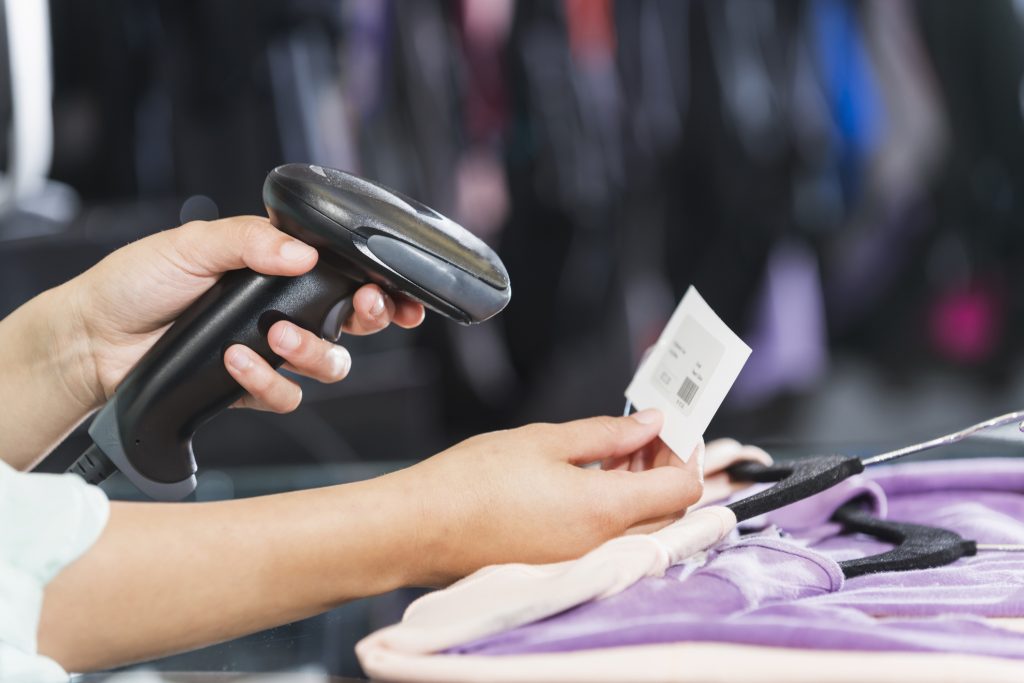
One of the oldest tricks in the book is charm pricing. Rather than marking an item as $10, retailers price it at $9.99. Why? Studies show that people perceive a price ending in “.99” as being significantly cheaper, even if the difference is just one cent. This tactic is designed to make you feel like you’re getting a better deal.
How to Beat It:
Pay attention to the actual price instead of focusing on the digits before the decimal. Evaluate whether the difference is meaningful and avoid being swayed by the illusion of savings.
2. The Allure of Coupons
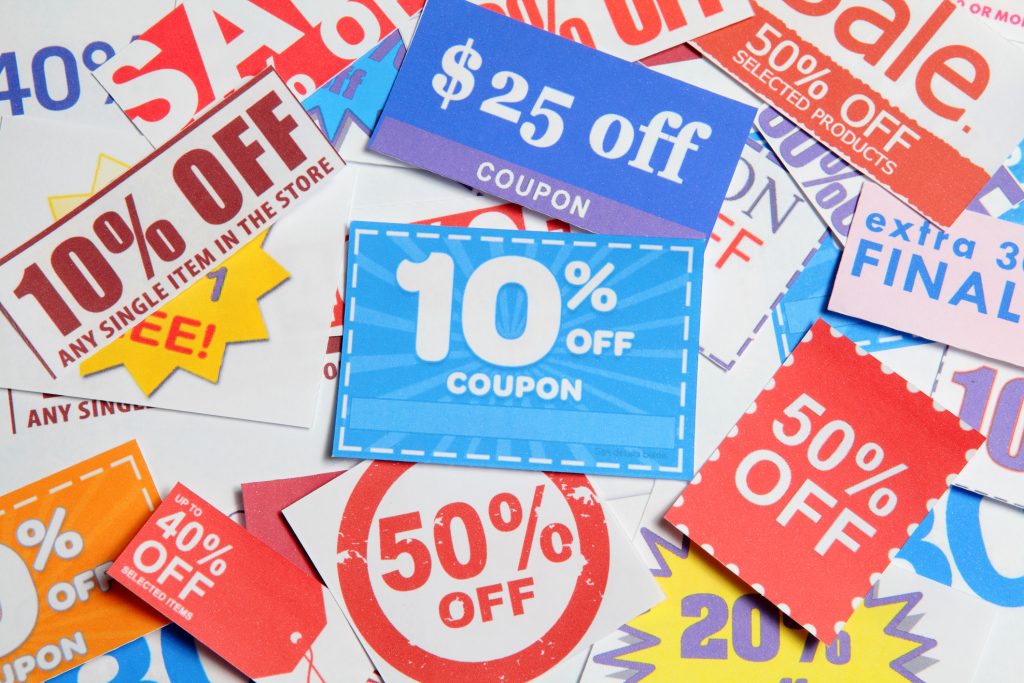
Coupons are a popular tool for attracting shoppers. Seeing the words “10% off your purchase” makes us feel like we’re saving money. However, marketers know that offering coupons can also encourage impulse buys and spending more than planned. For example, you might purchase additional items simply to “get the deal.”
How to Beat It:
Use coupons strategically. Stick to a shopping list and only apply coupons to items you were already planning to buy. Sign up for apps like Honey or Rakuten to automate coupon searches, saving you both time and money without over-purchasing.
Pro Tip: Retailers sometimes send out exclusive online coupon codes to their email subscribers or loyal customer base. Be sure to check those before finalizing your purchase.
3. The Psychological Impact of Buy One Get One Free
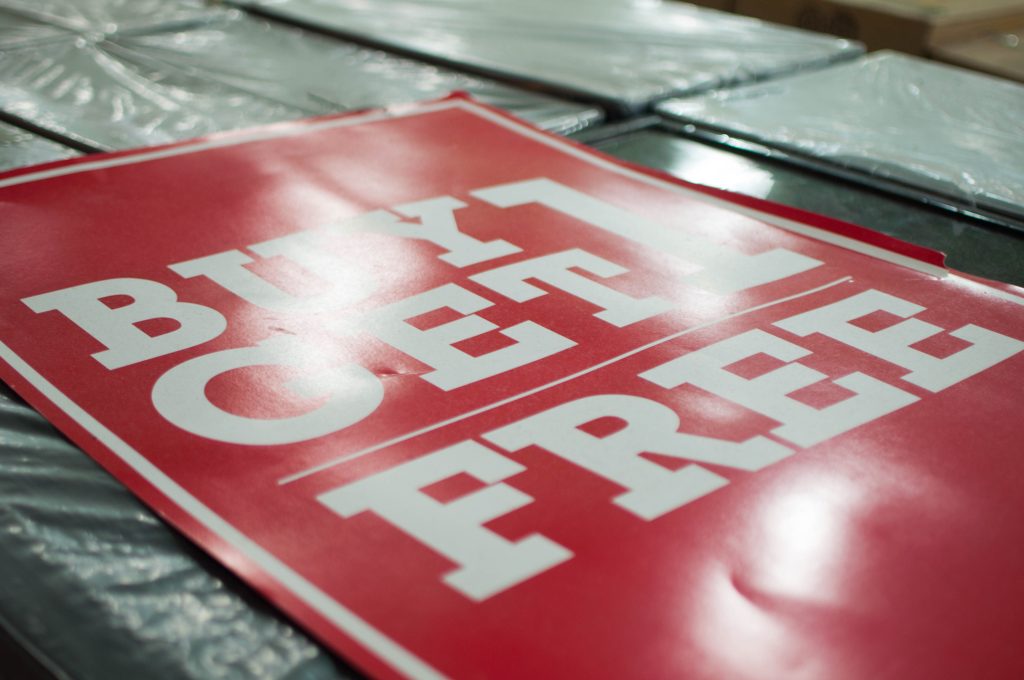
“Buy One Get One Free,” often abbreviated as BOGO, is another subtle pricing trick to watch out for. This strategy creates the illusion that you’re getting more for less. However, BOGO promotions may encourage you to buy items you don’t need or in quantities larger than you’ll consume.
How to Beat It:
Look past the “free” component and consider whether the offer fits your needs. If a BOGO deal applies to perishable goods and you’ll struggle to use the free item before it expires, it’s not really a deal. Instead, focus on buying only what will add value to your life.
4. Artificial Scarcity
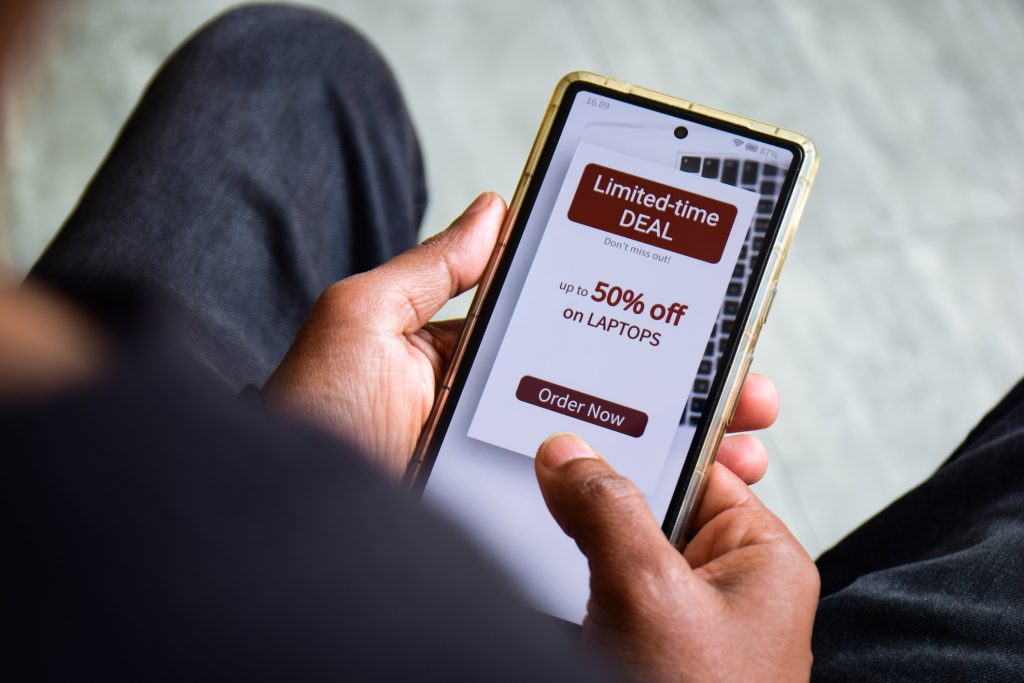
Have you seen phrases like “Only 2 left in stock” or “Limited-time offer”? These are tactics designed to create urgency and make you feel as though you’ll miss out if you don’t act fast. Known as artificial scarcity, this strategy manipulates your fear of losing out, encouraging quick purchases without much thought.
How to Beat It:
Take a step back and evaluate whether you truly need the item. Do some research to see if the product is available elsewhere. Often, “limited time” and “almost sold out” claims are not as urgent as they seem.
5. Anchor Pricing

Anchor pricing involves showing a product’s original price alongside its discounted price to highlight the “savings.” Retailers often inflate the “before” price to make the discount seem larger than it is. For example, an item might be marked as $200, crossed out, and listed as $99, even though it was never sold at the original price.
How to Beat It:
Compare prices across multiple stores and online platforms. Use tools like CamelCamelCamel or Google Shopping to track historical price trends and confirm whether you’re getting a genuine deal. Trust data, not the discount tag.
6. The Decoy Effect
Ever noticed three pricing options, with the middle one highlighted as “most popular”? This tactic, known as the decoy effect, is designed to steer you toward a specific option. For example, if a coffee shop offers a small coffee at $3, a medium at $4, and a large at $7, you might choose the medium because it seems like the best value.
How to Beat It:
Focus on your needs, not the comparison. Ask yourself, “Am I choosing this option because it’s best for me, or because it’s better than the alternatives?” Understanding the decoy effect can help you stick to your budget.
7. Free Shipping Thresholds
Many online retailers set a minimum purchase amount to qualify for free shipping. While this may save you from paying shipping fees, it’s also a clever way to get you to spend more. For instance, you might add extra items to your cart to hit the $50 free shipping threshold, even though you originally planned to spend only $30.
How to Beat It:
Before adding unnecessary items to your cart, ask yourself if the shipping fee is less than the cost of the extra item(s). If not, stick with your original plan and budget for shipping.
Alternative Strategy: Use subscription services like Amazon Prime for unlimited free shipping on eligible items.
8. Subscription Traps and Discounts
Many retailers offer enticing deals for signing up for a subscription service. You might get a 10% discount on your first order, but once subscribed, you could easily forget to cancel the service. This leads to recurring charges for something you may no longer need.
How to Beat It:
Take advantage of the initial discount, but set a calendar reminder to evaluate whether you want to keep the subscription before the next billing cycle. Apps like Truebill can help track subscriptions and alert you to ongoing charges.
9. Strategic Store Layouts

Ever wondered why essentials like milk and eggs are at the back of the grocery store? This design forces you to walk past numerous tempting, non-essential items on your way, increasing the chances of impulse buying.
How to Beat It:
Shop with a grocery list and stick to it. Ignore the flashy displays and products strategically placed at eye level. For quicker trips, shop online for pickup to avoid the temptation altogether.
Take Control of Your Shopping
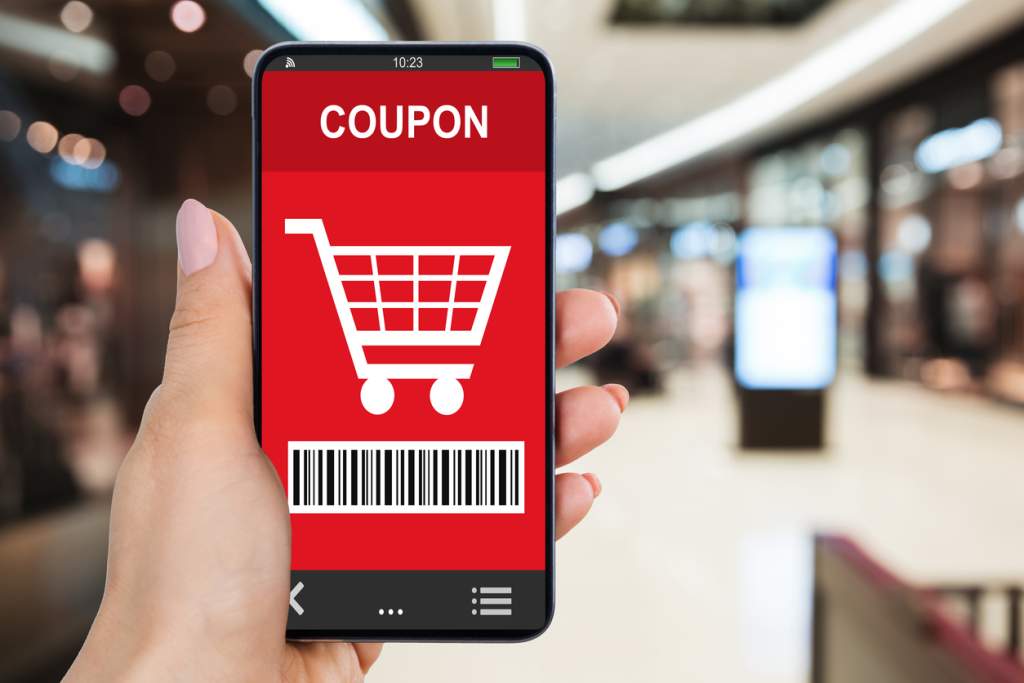
Retailers may use clever pricing tricks to influence your spending habits, but with knowledge and strategy, you can stay one step ahead. From being mindful about coupons and “free shipping” offers to ignoring decoy pricing schemes, these tips will empower you to make smarter and more intentional purchases.
Want to save even more? Sign up for deal alerts and coupons from your favorite retailers. But remember, the best deal is the one that aligns with what you truly need.
Happy smart shopping!



